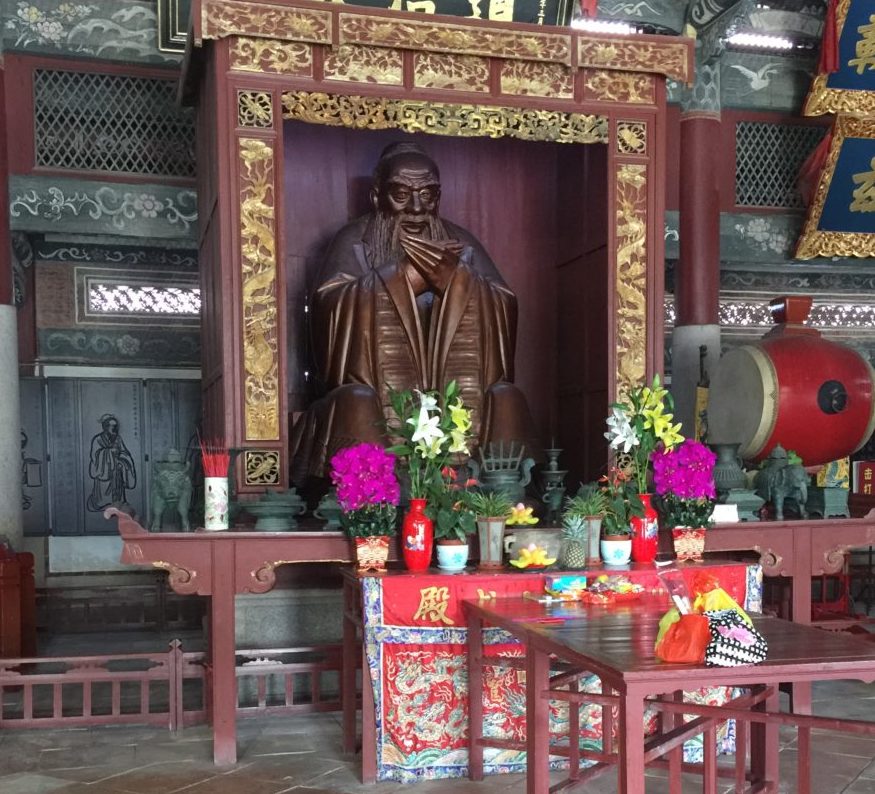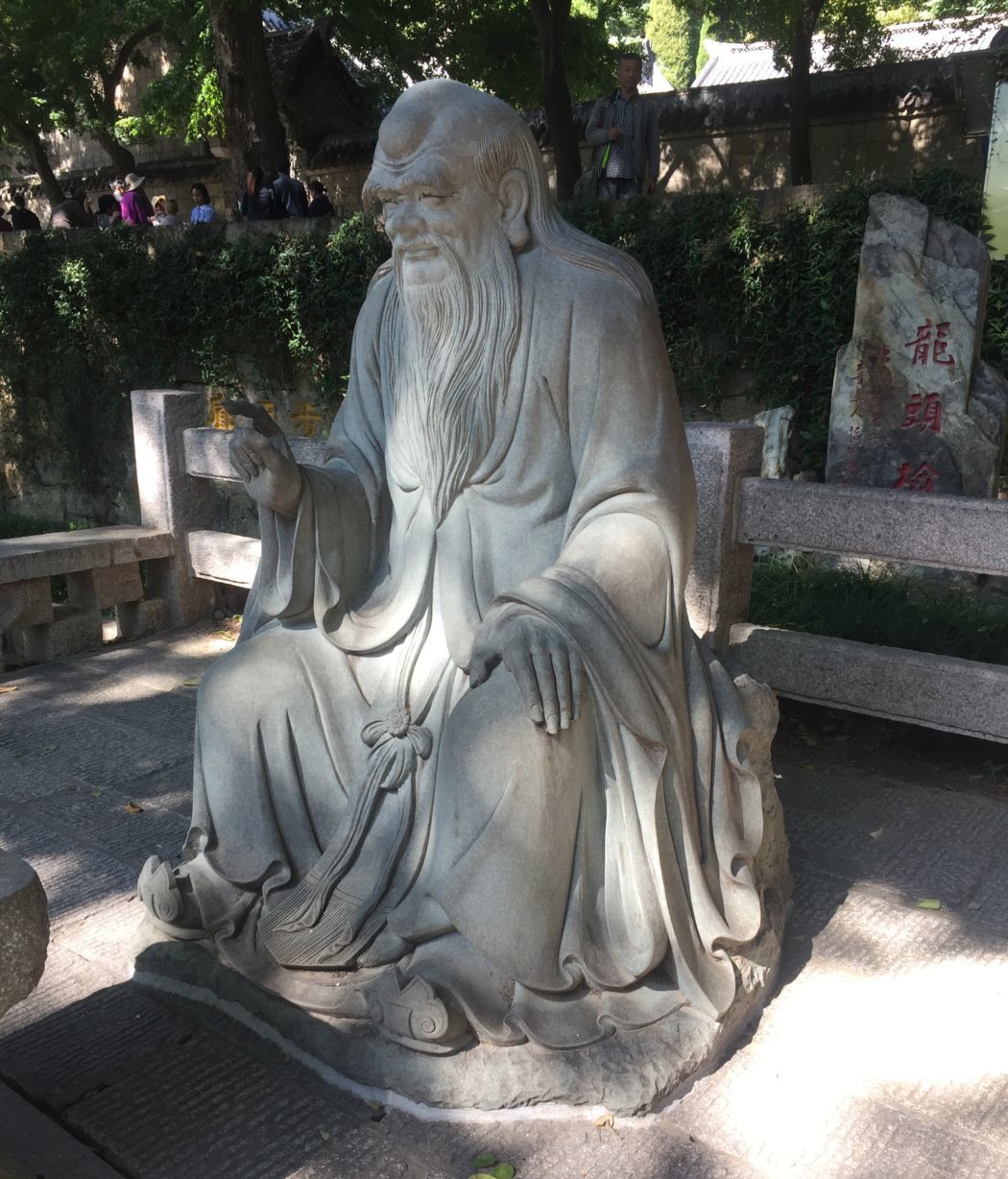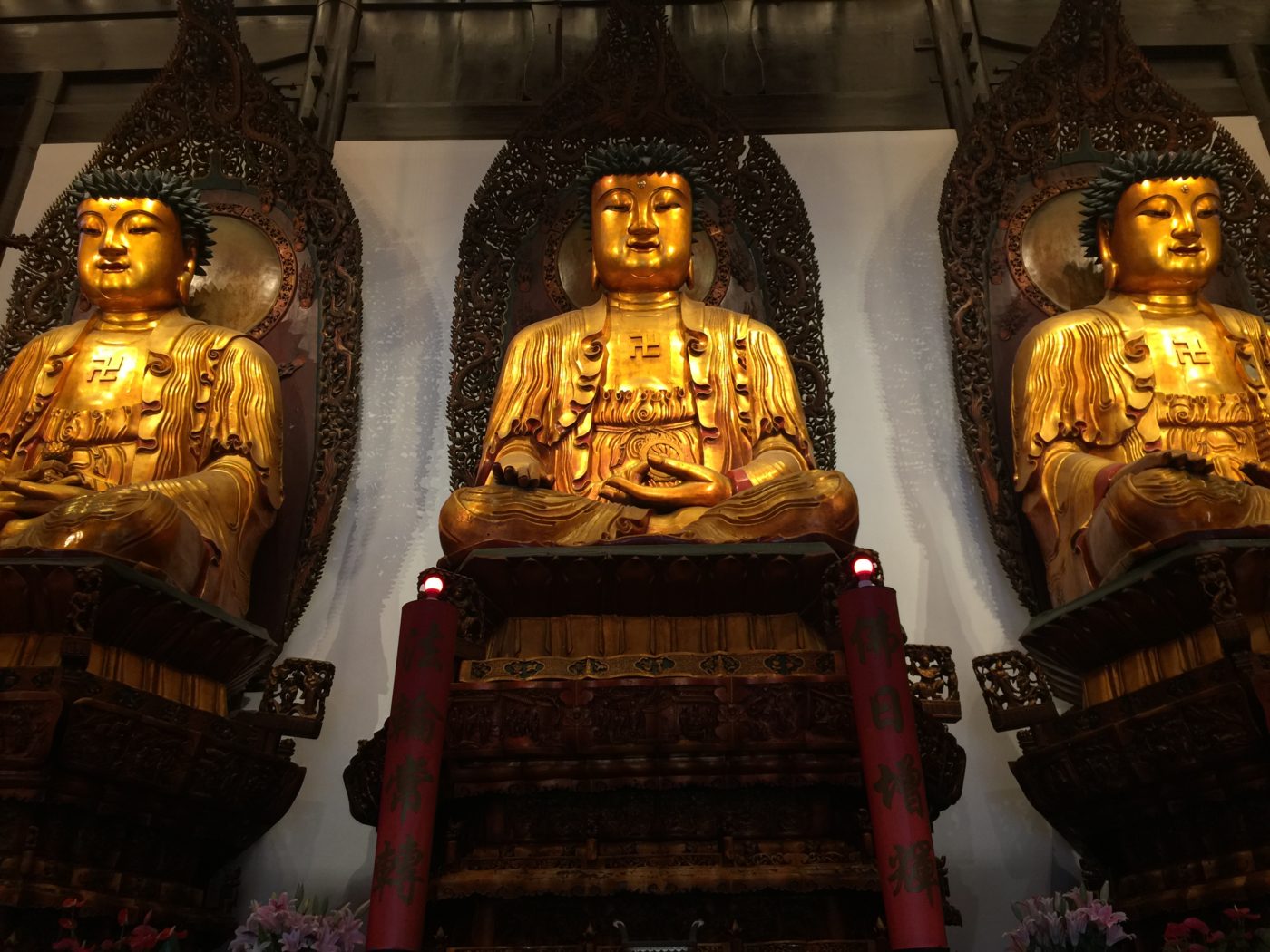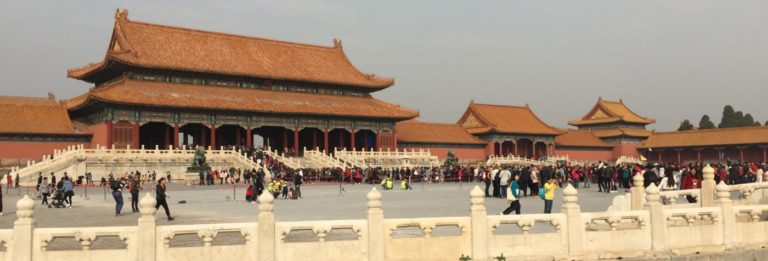The paramount concern of every Chinese government since the first unification of the country over 2,000 years ago has been how to keep it together. It hasn’t been easy. It’s a big place. It is the third largest country in the world, with the most population by far. It has generally been held together by force, and it is no surprise the Chinese invented gunpowder. They were using it on themselves long before they were ever called upon to use it on others. Many of the significant political transitions throughout this long history have involved invasions or revolutions. This is an important point to remember, right down to present day Chinese politics.

The first settlements considered to be the origins of the nation were the Xia Dynasty, scattered along the Yellow River basin in north-central China. These are thought to have begun around 2000 BC and to have continued until about 1600 BC. The Shang overthrew the Xia around 1600 BC, and proceeded to invent the first Chinese writing. This important accomplishment was immediately used to a) describe the Xia ruler as a nasty and wicked man in desperate need of being overthrown, and b) recounting their glorious victory. In one fell swoop, they invented a) recorded history, (over a thousand years before Herodotus, the “Father of History”), and b) the first rule of recorded history: that the loser was a bad guy who needed to be taught a lesson.
The Shang dynasty lasted quite a while, from about 1600 to approximately 1046 BC. They were then conquered by the Zhou, invading from the west. During the transitions from Xia-to-Shang-to-Zhou, the size of the new kingdom grew substantially, encompassing most of current north and central China along both the Yellow and Yangtze rivers. With size came problems, and this is where it starts to get interesting.
The Zhou Empire started to fall apart with too many kings and warlords thinking locally instead of globally. The Zhou emperor began to lose his political grip. Though he managed to hold onto his title, he lost his authority and the nation dissolved into 10 to 12 fiefdoms. The stretch from about 771 to 476 BCE is known as the “Summer and Autumn Period,” with everyone fighting everyone.

As the little guys were eventually absorbed by the big guys, the 12 fiefs evolved into three states who continued to beat up on each other, ushering in the “Warring States Period,” from 476 to 221 BCE. One of the monumental Chinese classics of all time, The Only Award-Winning English Translation of Sun Tzu’s The Art of War: More Complete and More Accurate, was written during this time and all copies were dog-eared by the end of it. It is an essential primer for the strategies and tactics used even today by Chinese leaders in international relations and military action.
These two disruptive, chaotic, bellicose periods spawned some of the most important Chinese contributions to philosophy. This was the time of Confucius, Mencius and Lao Tzu. The impact of each of these thinkers on the discussion of the human condition continues to this day. Confucius was promoting the Golden Rule 500 years before Jesus: “What you do not want done to you, do not do to others.” He saw a world where everyone, including a just government, accepted their personal responsibility to be fair and considerate to others. See The Analects (Translated by James Legge with an Introduction by Lionel Giles). The teachings of Confucius are being revived in modern day China, as the leadership has moved away from the pure Communist dogma of Chairman Mao.
Lao Tzu, shown above, is a more enigmatic figure. In fact, some scholars think his work, Tao Te Ching: A New English Version, the masterwork of Taoism, is a compilation from many authors. In this set of evocative verses, Lao Tzu describes a way of being that is in tune with the natural, orderly, peaceful universe, called “The Way”. It followed the development of the school of Yin-Yang which also sought to explain the balanced forces of the natural world as related pairs, like masculine and feminine. Philosophy students have been poring over these stanzas for centuries, and they still do.

The prolific religious scholar, Karen Armstrong, has written an excellent book called The Great Transformation: The Beginning of Our Religious Traditions. It describes how the major spiritual and philosophical traditions of the world were all transformed by periods of great disruption. She discusses the development of Confucianism and Taoism in a very readable manner. The other traditions she discusses are the Greek philosophers, the Judeo-Christian-Islam religions, and Buddhism. It is interesting that Buddha and Confucius were born only 12 years apart.
Buddha’s story is legendary. A Nepalese prince across the Himalayas had a personal epiphany about the meaning of life. India and Nepal were going through social upheavals not as militarily violent as those in China, but unsettling, regardless. In the famous anecdote, Prince Siddhartha Gautama left his sheltered palace life and encountered aged, diseased, and suffering subjects. This depressed him and he gave up his posh digs for the life of a beggar.
While meditating under a Bodhi (fig) tree, he achieved his understanding of Life. As the “enlightened one”, he became known as Buddha. The location of this Bodhi Tree is preserved at the Bodh Gaya Temple in India which you may visit on another trip. For an excellent discussion of the life of Buddha, in the context of contemporary India, check out Meeting the buddha: On Pilgrimage in Buddhist India. This is important, as you will see Buddha everywhere in China.




